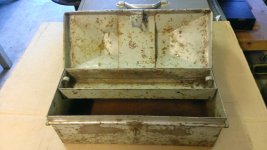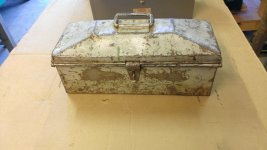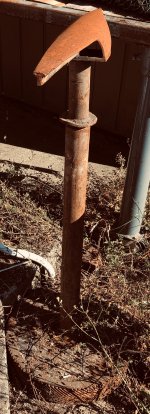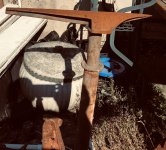bigtiller
Super Member
- Joined
- Feb 1, 2006
- Messages
- 6,535
- Location
- central Iowa
- Tractor
- John Deere 2720 John Deere 3039R John Deere Z545R
I worked in the trade with my Dad and we had those. First thing we did was throw the gauge screws away. More trouble than they were worth. we scribed a line where we wanted to make the bend if other than the standard 1/2" we used them for most. We eyeballed most of it.
Al those old tools if they still make them are abnormally expensive because not many are made. Not much is done by hand anymore. I still have a set of sheet metal tools. Have lost some like the set of rivet setters. Actually I saw tinners rivets on Amazon the other day. Haven't seen a hand seamer for years.
That Malco one with the compound leverage joint amazes me. Can't visualize the reason for it.
Ron
I seen that kind and thought the same thing.
For the price of these things, I think eyeballing it is a good plan.
The old-timer I was talking about earlier used to say, "if it is within a quarter inch I can make it fit."
That seams like the way to go cause nothing I make needs to be water tight or in an art exhibit.




